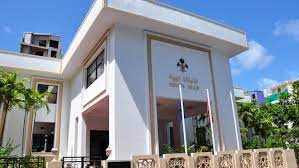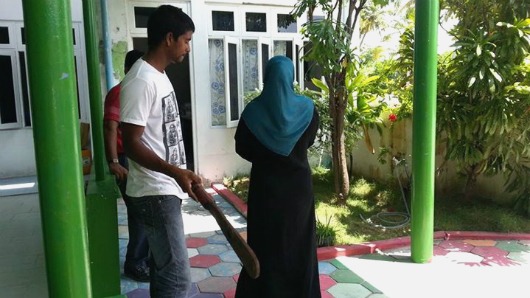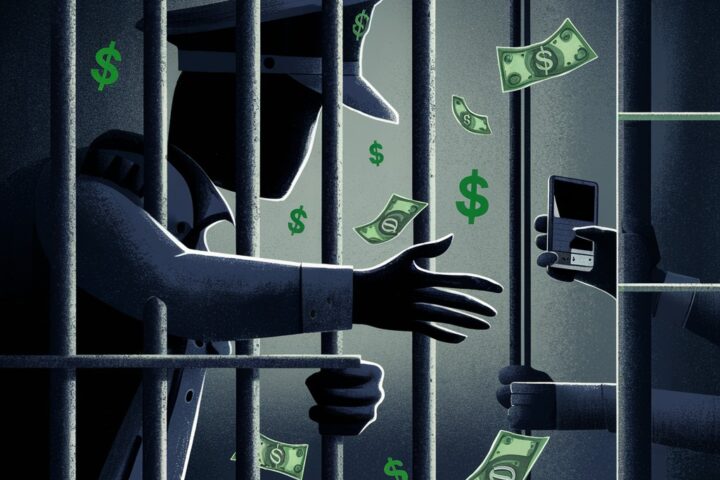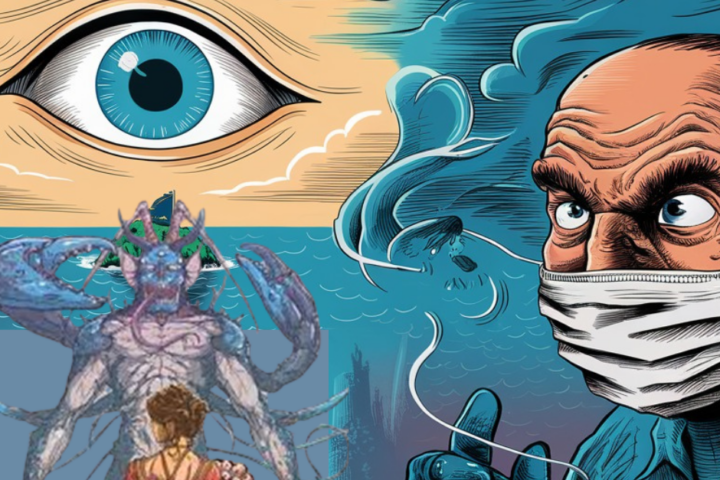New Delhi, India — As the early morning light filters through the bustling markets of India, a unique economic phenomenon unfolds. Eid al-Ad’ha, also known in India as Bakrid, is a “Festival of Sacrifice” celebrated by millions of Muslims. This annual event, deeply rooted in religious tradition, extends far beyond spiritual significance, impacting the livelihoods and nutrition of many across the country.
India is home to over 200 million Muslims, making up about 14% of the population. During Eid al-Adha, the act of Qurbani, or sacrificial slaughter, predominantly involves goats due to their affordability and cultural acceptance. This practice is not only a testament of faith but a substantial economic driver.
In cities like Hyderabad, Lucknow, and Kolkata, the markets swell with activity weeks before the festival. The prices of sacrificial goats have spiked in Madhya Pradesh’s capital city Bhopal, where a seller has priced goats between INR 50,000 and INR 7.5 lakh ($600 to $9,000). Goat seller Syed Shahab Ali said, “I have sold goats in Mumbai, Pune, Nagpur, and Gujarat. The price of goats ranges from INR 50,000 to INR 7.5 lakh. I sold Shaan-E-Bhopal at INR 4 lakh. I sold my goat ‘Raftaar,’ weighing 155 kg, for INR 7 lakh. It is one of the most aggressive goats in the country.”
Each day, six to seven trucks carrying 150 to 200 goats arrive at the ‘Bakra Mela’ at the Meena Bazaar area near Jama Masjid in Old Delhi. While most goats fall in the INR 25,000 to INR 40,000 range and sell quickly, there are a few valued in lakhs.
This goat mela is a 10-day affair. Speaking to PTI, Noor Hassan, another seller who brought his goats from Haldwani, Uttarakhand, said, “Every Eid, we come here to sell our goats.” He added, “Prices range from INR 25,000 to INR 2 lakh depending on size and breed. We aim to sell all before June 17 and return home to celebrate Eid.”
In 2023, an estimated 10 million goats were sold nationwide, generating a revenue exceeding INR 100 billion ($1.2 billion). Authorities have issued municipal instructions on disposal. “We hope that once the sacrifices of the animals are completed, the waste material is properly disposed of in municipal bins so that we can keep our city neat and clean. Once the animal carcass or any material is left outside this range, there is a high chance that diseases can spread,” says government instruction.
The economic benefits of this practice are far-reaching. Farmers, who rear these animals, see a significant portion of their annual income during this time. For many rural families, goat farming is a primary source of livelihood, and the festival season provides a crucial financial boost. If 10 goats are bread per year per farmer family that will be employment for 2 million families.
Livestock traders and transporters also reap the benefits. In cities, temporary markets set up specifically for Eid al-Ad’ha employ thousands, including handlers, veterinarians, and laborers. These markets become hubs of economic activity, with ancillary businesses like fodder suppliers and market stall owners experiencing a surge in demand.
Butchers, both professional and otherwise, find increased work as families adhere to the religious practice of personal involvement in the sacrifice. This practice ensures that the process is humane and follows religious guidelines while also creating temporary employment for many skilled in the trade.
The ritual sacrifice of goats during Eid al-Ad’ha is also pivotal in addressing nutritional needs. The tradition dictates that the meat be divided into three parts: one for the family, one for relatives and friends, and one for the less fortunate. This act of charity ensures that millions who might otherwise have limited access to protein-rich food receive a nutritious meal.
In a country where malnutrition remains a critical issue, the protein provided by Qurbani meat is significant. According to nutritional experts, a kilogram of goat meat provides approximately 250 grams of protein. With an average goat yielding around 15 kilograms of meat, the potential protein distribution during Eid al-Ad’ha is immense.
If we consider that 5 kilograms of meat can indeed serve around 60 portions, then one goat can significantly impact many people. Therefore, the slaughter of 10 million goats could result in substantial nutritional benefits across various demographics, potentially benefiting hundreds of millions of people.
While the economic and nutritional benefits are clear, the practice of animal slaughter during Eid al-Ad’ha also faces modern challenges. Although millions of animals are slaughtered for fast food chains like KFC and McDonald’s without much notice, the practice of animal sacrifice during Eid often triggers advocacy and concerns from communal elements.
Eid al-Ad’ha in India is more than a religious observance; it is a significant economic event that sustains livelihoods, bolsters local economies, and provides essential nutrition to millions. As traditions adapt to contemporary values and challenges, the core spirit of the festival—community, charity, and faith—continues to thrive, ensuring that Eid al-Ad’ha remains a time of economic vitality and social unity. (From media reports)













